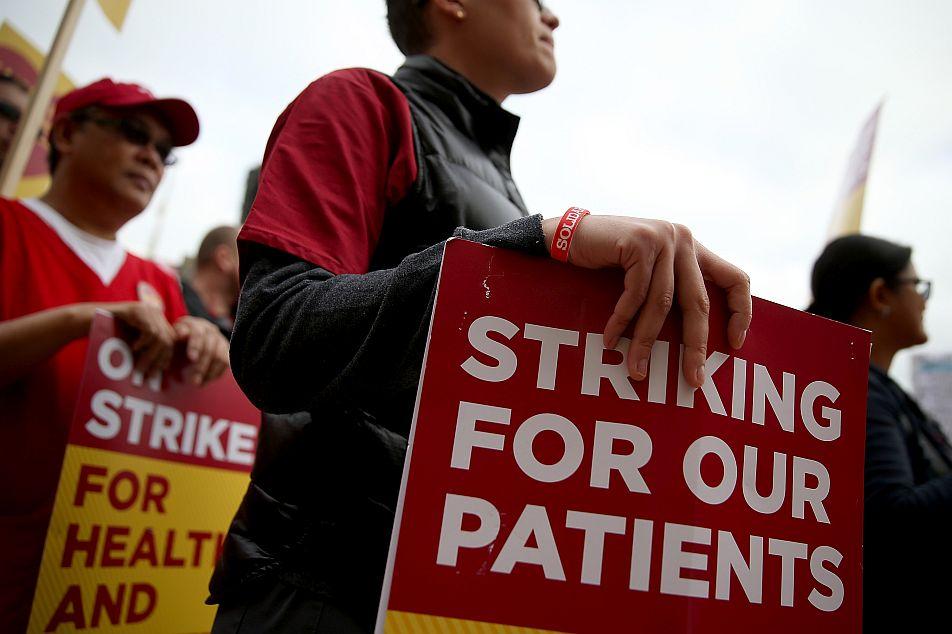US Business Competitiveness Floundering
America’s political and business establishment has to put this country’s competitiveness above petty squabbles and hunker down to serious business, according to the Center for American Progress.

Construction workers smooth concrete for a walkway at a new housing development on Aug. 16 in Petaluma, Calif. The World Economic Forum's annual global competitiveness report showed that the United States fell one place to fifth in the world in business competitiveness. Justin Sullivan/Getty Images
|Updated:





